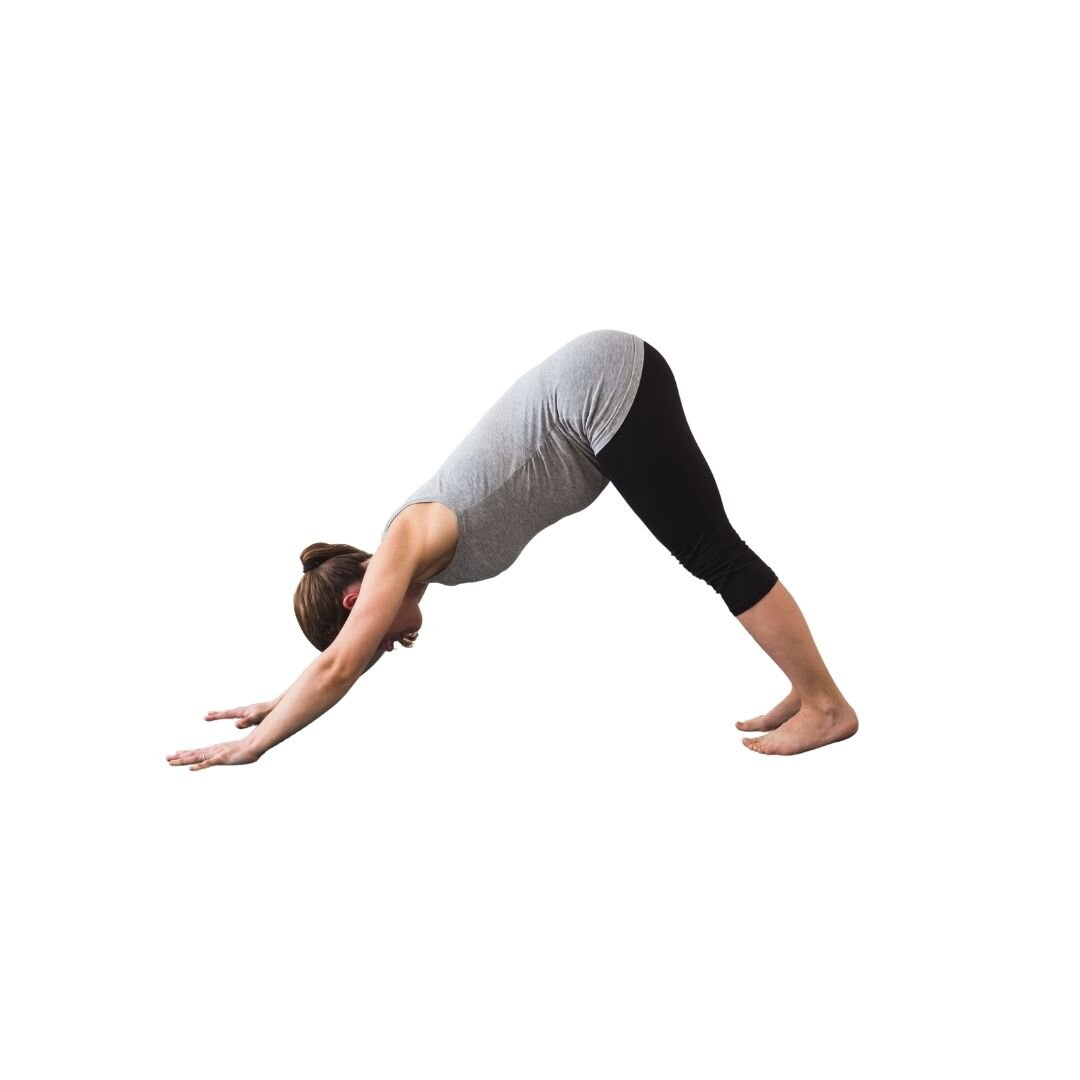Redefining Your Downward Dog
Medical Therapeutic Yoga (MTY) is a method that licensed health care professionals use such as physical therapists, occupational therapists, and athletic trainers. We incorporate the science and evidence base of lifestyle medicine and rehabilitation. MTY can be used with any patient population to impact pain and improve function. During this extensive certification training I discovered that I have been doing most poses in a way that I was not using my strength to its full capacity. Repeatedly doing these poses without using certain muscle groups can lead to injury and instability over time. The most important pose that was putting me at risk was Downward Dog. Over ten years of doing this same movement pattern compensations I developed pain in my shoulder. I notice that many of my patients present with these same movement patterns when performing everyday tasks that involve reaching overhead and pushing/pulling. Now that I am more aware of these patterns in myself, and how to correct them I want to share this knowledge as much as possible.
Even for my patients that do not do yoga, I have incorporated Downward Dog into many of my treatments using adaptations with props and positions to accommodate the needs of the individual. It is an incredibly beneficial pose as it can mobilize tissues through the backside of the body from head to heel, it can stabilize the shoulder girdle to improve posture when performed with good mechanics and this pose is considered an inversion which has many therapeutic implications for spinal health and breathing patterns. Sometimes we aren’t taught the basic foundation for the pose including breathing pattern, foot and hand placement, and how the neck and shoulders should feel supported. Not all of the standard cues will work for everyone and you may not even know you have more potential in this pose.
There are differences in anatomy and tension lines in your fascia that may require differences in positioning of hands, elbows, and shoulders. This can get pretty complicated to assess without a trained eye which is why I have begun to offer one on one evaluations and treatments for MTY. However, we can all agree that the shoulders should be positioned away from the ears during downward dog so the head can relax with the neck free of tension, and this begins with improving shoulder blade stability. I have included photos of the standard pose and a bent knee version. I also used props like a chair for the hands or a blanket under the heels. For me, it's about helping my patients/clients find the pose that works most comfortably for the individual and building the strength in that position.
Downward dog is technically an inversion pose meaning the head is toward the floor. You have to fight the forces of gravity pulling the shoulder blades down to the floor as you are bearing weight through the hands. These counter forces can lead to impingement of the soft tissue, such as muscles, tendons, and neurovascular structures between bones. This can cause numbness and tingling or tendon pain, otherwise known as impingement syndrome. To counter this you can activate the muscles to draw the shoulder blades back and down. I like to say “slide your shoulder blades into your back pockets”. This cues the shoulder blades to retract and depress, and allows the shoulders to externally rotate. However, there are a number of prerequisites you need to learn before successfully getting into the full Downward Dog. When you stabilize your shoulder blades in this way you give your body an opportunity to gain strength and to create space in the upper shoulder region so these structures can stay healthy and happy. This translates beautifully off the yoga mat with everyday activities like reaching overhead, and with posture during sitting and standing during activities like cooking, cleaning, gardening, etc. When the muscles of your shoulder blades are strong, your posture improves, and neck and back pain can begin to subside all from this simple but powerful pose!
If you have any questions about how to set yourself up for this pose, and other helpful poses stop in so we can check your downward dog and get you feeling confident that you are able to do this pose to maximize its therapeutic benefits. Contact us at info@inmotionintegrativept.com or schedule online with Sarah Avery.


